A century ago, Bristol Bay battled the Great Flu at Christmastime
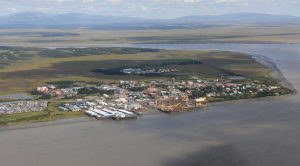
This article from the Anchorage Daily News characterizes Dr. Linus Hiram French, a government doctor in Alaska when the Spanish Flu first arrived in 1918. The flu was already killing millions worldwide when news of the virus reached Alaska. Dr. French was ordered by the governor to issue a quarantine of Bristol Bay in December 1918. Bristol Bay struggled with the financial impact of the quarantine for months, however the real devastation did not come until Spring 1919. Read More
Troll, Tim. “A Century Ago, Bristol Bay Battled the Great Flu at Christmastime.” Anchorage Daily News, December 28, 2018. https://www.adn.com/opinions/2018/12/29/a-century-ago-bristol-bay-battled-the-great-flu-at-christmastime/.
Hundreds of Alaskans died of the flu pandemic a century ago in Bristol Bay. Hundreds more were saved.
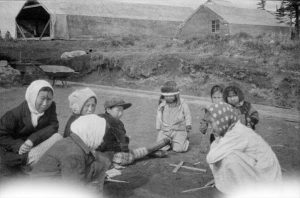
In May of 1919 sailors from the Alaska Packer’s fleet arrived in Bristol Bay for another year of canning salmon. When they disembarked they were met with death and devastation. The second wave of the Spanish Flu had swept through Alaska despite the quarantine efforts put in place by Dr. French. Since neither the federal government nor the territory inspected ships before sailors disembarked the Alaska Packers speculated the flu’s deadly second wave was caused by infected crews from other canning company ships. Read More
Troll, Tim. “Hundres of Alaskans died of the flu pandemic a century ago in Bristol Bay. Hundreds more were saved.” Anchorage Daily News, May 10, 2019. https://www.adn.com/opinions/2019/05/10/hundreds-of-alaskans-died-of-the-flu-pandemic-a-century-ago-in-bristol-bay-hundreds-more-were-saved/.
1919 flu pandemic in Bristol Bay remembered
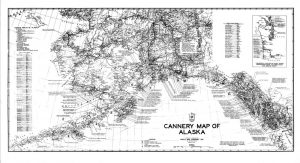
Prince William Sounds’ oldest newspaper, The Cordova Times, published this article in honor of the 100 year anniversary of the Spanish Flu in Bristol Bay. After publicizing their event and photo exhibit commemorating the occasion, the article continued on to summarize the history of the pandemic in Alaska in 1919. The crews from Alaska Packers ships were recognized for suspending their normal fishing operations to support the sick and dying and refusing to accept any payment for their services. Read More
Bauman, Margaret. “1919 flu pandemic in Bristol Bay remembered.” The Cordova Times, November 23, 2019. https://www.thecordovatimes.com/2019/11/23/1919-flu-pandemic-in-bristol-bay-remembered/.
Influenza in Bristol Bay, 1919: “The Saddest Repudiation of a Benevolent Intention”
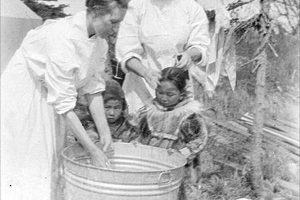
The 1918 influenza pandemic has been blamed for as many as 50 million deaths worldwide. Like all major disasters, the full story of the pandemic includes smaller, less noted episodes that have not attracted historical attention. The story of the 1919 wave of the influenza pandemic in Bristol Bay Alaska is one such lost episode. It is an important story because the most accessible accounts—the Congressional Record and the Coast Guard Report—are inconsistent with reports made by employees, health care workers, and volunteers at the site of the disaster. This article explores the historical oversight, and attempts to tell the story of the 1919 wave of the pandemic which devastated the Native Alaskan population in this very remote place. Read More
Gilson deValpine, Maria. “Influenza in Bristol Bay, 1919.” Sage Open, January-March 2015. https://journals.sagepub.com/doi/pdf/10.1177/2158244015577418.
Influenza Exhibit
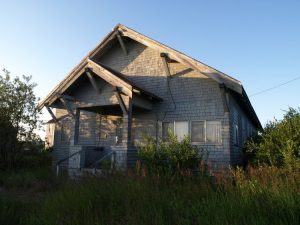
The NN Cannery History Project Team in Alaska curated an exhibition in honor of the pandemic’s centennial in 2019. Based on historical accounts recorded by the Alaska Packer’s Association the exhibit highlighted the story of the Spanish Flu and its impact on the region. Most notably, the NN Cannery Hospital, which became a center point in the relief efforts. The Cannery transformed into a makeshift orphanage to care for all of the children orphaned due to the pandemic. Read More
“Influenza Exhibit.” NN Cannery Project.com, 2020. https://nncanneryproject.com/influenza-exhibit-1.
